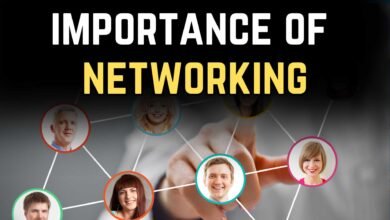Deep Dive into ChatGPT – Pros and Cons
Artificial Intelligence (AI) has been making a significant impact in various industries and is changing the way businesses operate. One of the most notable innovations in AI is the use of AI-powered chatbots, such as ChatGPT. ChatGPT has been designed to simulate human-like conversations and provide quick and efficient customer support. Let’s explore this GD/WAT Topic on ChatGPT.

The CTO at OpenAI, Mira Murati, plays a vital role in the development of ChatGPT, an AI-powered chatbot created by the company. Mira Murati, with Indian parentage, was raised in the United States and born in San Francisco in 1988. She boasts a background as a Senior Product Manager at Tesla and holds a Bachelor of Engineering degree from the Thayer School of Engineering at Dartmouth. Currently, she holds the position of SVP of Research, Product & Partnerships at OpenAI.
How Does ChatGPT work?
The key to understanding ChatGPT lies in the second part of its name, GPT, which stands for Generative Pre-trained Transformer. These algorithms are designed to identify long-range patterns within sequences of data.
Transformers are capable of predicting not just the next word in a sentence, but also the next sentence in a paragraph and the following paragraph in an essay. This ability enables them to maintain the topic at hand for extended periods of text.
As transformers require an enormous amount of data, they undergo a two-step training process. Firstly, they are pre-trained on generic data, which is easier to obtain in large quantities, and then they are fine-tuned on specific task-related data.
Advantages of ChatGPT
The use of chatbots in businesses offers several benefits, including round-the-clock customer support, reduced response times, and the ability to focus customer support personnel on more complex tasks. Chatbots have a potential of handling a large volume of customer queries at the same time, providing instant responses that leads to improved customer satisfaction. Additionally, they can be programmed to provide personalized and relevant information to customers, enhancing engagement and increasing customer loyalty.
Disadvantages of ChatGPT
Despite the many benefits of using AI-powered chatbots like ChatGPT, there are also some challenges associated with them. One of the biggest challenges is that chatbots may not be able to understand and respond to complex customer queries, leading to frustration among customers. They can also struggle to understand context and often provide generic or irrelevant responses, which can negatively impact the customer experience.
Another challenge is that chatbots rely on large amounts of data and training to be able to respond accurately. This can result in biases and inaccuracies in the chatbot’s responses, negatively impacting the customer experience. Chatbots are also not able to fully replicate human interaction and empathy, which is a crucial aspect of customer service.
Applications of ChatGPT
In real-time applications, chatbots are widely used in various industries like e-commerce, finance, healthcare, etc. In the e-commerce industry, chatbots can be used to provide instant responses to customer queries regarding product information, order status, and shipping information. In finance, chatbots can be used to provide instant responses to customer queries regarding account information, transaction history, and more. In the healthcare industry, chatbots can be used to provide instant responses to customer queries regarding symptoms, medication information, and more.
In conclusion, while AI-powered chatbots like ChatGPT have the potential to greatly improve customer service, it is important for businesses to carefully consider the benefits and challenges associated with their use. Chatbots should be approached with caution and businesses should take the necessary measures to ensure that the chatbots are able to provide accurate and relevant responses to customer queries. This can help in enhancing customer satisfaction and overall customer experience.
Must Read






